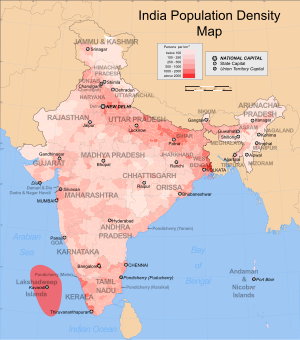

Sundaland Hotspot in Southeast Asia and the Tropical Andes Hotspot in South America, for example, both feature around 15,000 unique plant species. Many biodiversity hotspots meet both of these criteria. At least 70% of its core native vegetation has been lost.There are at least 1,500 vascular plant species found nowhere else on Earth (known as “endemic” species).These are the most biologically diverse-yet endangered-terrestrial places on the planet.Ī region must meet two strict criteria to be designated as a biodiversity hotspot: There are currently 36 biodiversity hotspots identified. Because New Zealand’s life evolved in isolation, the islands are home to several species that aren’t found anywhere else. Another hotspot is the New Zealand archipelago. This region is home to almost one-sixth of all plant species on the planet. The Tropical Hotspot of the Andes Mountains is the world’s most varied hotspot. Over 30 biodiversity hotspots have been identified around the world. A territory must have lost at least 70% of its original natural vegetation to be recognised as a biodiversity hotspot, which is mainly due to human activity. Yet, by definition, biodiversity hotspots are facing a conservation catastrophe. The majority of plants in a biodiversity hotspot are endemic, meaning they can only be found there. Many of these sites are biodiversity hotspots, or areas that are both densely populated and vulnerable to extinction.Īlthough biodiversity hotspots account for only 2.3 percent of the Earth’s land surface, they are home to 44 percent of the world’s plants and 35 percent of terrestrial vertebrates. Some parts of the world are simply irreplaceable, from lush rainforests to breathtaking mountains.


 0 kommentar(er)
0 kommentar(er)
